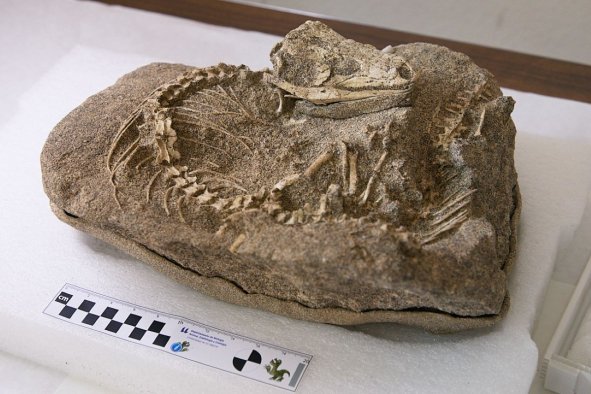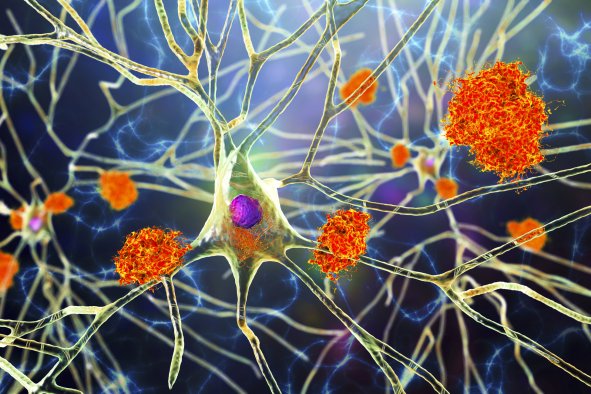What do the earliest stages of a pregnancy look like?
Embryonic development has been extensively studied, but most of our knowledge of the earliest stages of a growing baby come from stationary snapshots. However, understanding the dynamic processes that occur during these early stages may help us learn more about how congenital birth defects develop, and how to stop them.
Now, for the first time, scientists have captured images and video in real time of these early developmental stages, offering exciting insights into the long-standing "mystery" of human development.
"It is very difficult to film these stages of embryonic development as they occur after human embryos have implanted into the mother's womb," Melanie White, who heads the Dynamics of Morphogenesis Lab at the University of Queensland's Institute for Molecular Biosciences, told Newsweek.
"We know quite a lot about discrete stages and key milestones throughout development but most of our knowledge comes from examining static images of fixed specimens at different timepoints.
"One of the key things we are missing is the dynamic information of how the embryo coordinates the movement, positioning and fate of its cells to move from one stage to the next. This information can only be obtained using live imaging approaches where we can track how the embryonic tissue changes over time. How cells interact with each other and move in real time to organise into complex tissues in the forming embryo is still largely a mystery."
A lot of what we know about embryonic development comes from studies in mice (for obvious ethical reasons.) But mouse embryos also implant into the womb before these early embryonic stages, so they have the same issues with accessibility as human embryos when it comes to live imaging.
"Furthermore, mouse embryos don't develop with the same morphology as humans at these early stages," White said.
However, unlike mammals, bird embryos develop outside the female's body, in the convenient casing of an external egg. "Avian (bird) embryos are an excellent model of human development as they have very similar morphology and development to post-implantation stage humans," White said. "The development of many major organs including the heart and the neural tube (which goes on to form the brain and spinal cord) is very similar.
"They also have the advantage that they develop external to the mother in an egg so they are much more accessible for studying."
In a new paper, published in the Journal of Cell Biology, White and colleagues at the Institute of Molecular Biology used quail embryos with fluorescently labeled cellular components, which allowed them to image the dynamic growth of the early embryo in real time. Specifically, they observed changes in the growth of long cellular filaments called the cytoskeleton that play an important role in cell structure, movement and transportation.
As you can see in the video above, the fluorescent filaments clearly show how cells move relative to one another during these early developmental processes.
"We hope that this will be a useful tool for other researchers in the field trying to understand cell biology and embryonic development more broadly," White said. "In our lab, we are now building on the initial experiments we have done to try to understand how the heart and neural tube form in real time. We are also studying how mutations identified in patients or maternal factors (diabetes, nutritional deficits) disrupt this development and lead to congenital defects.
"In the long term, we aim to identify new pathways that can be used to screen for birth defects and ultimately, develop treatments to prevent these devastating disorders."
Is there a health problem that's worrying you? Let us know via health@newsweek.com. We can ask experts for advice, and your story could be featured in Newsweek.
Disclaimer: The copyright of this article belongs to the original author. Reposting this article is solely for the purpose of information dissemination and does not constitute any investment advice. If there is any infringement, please contact us immediately. We will make corrections or deletions as necessary. Thank you.



